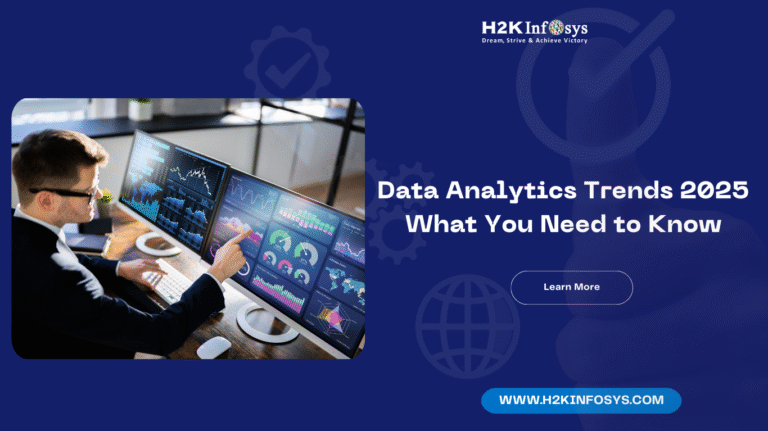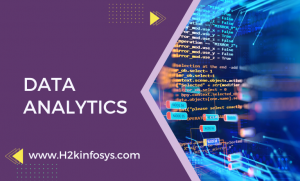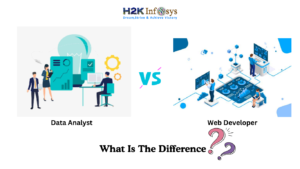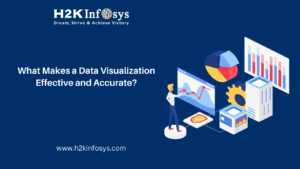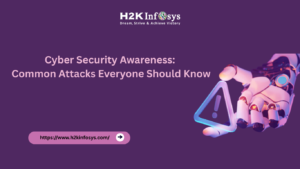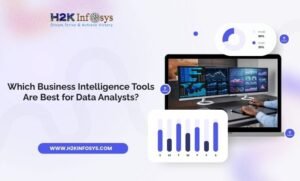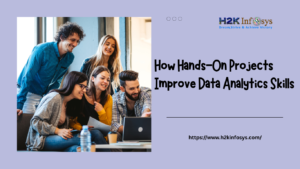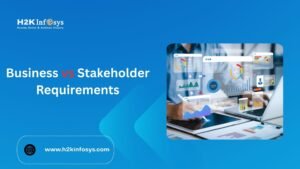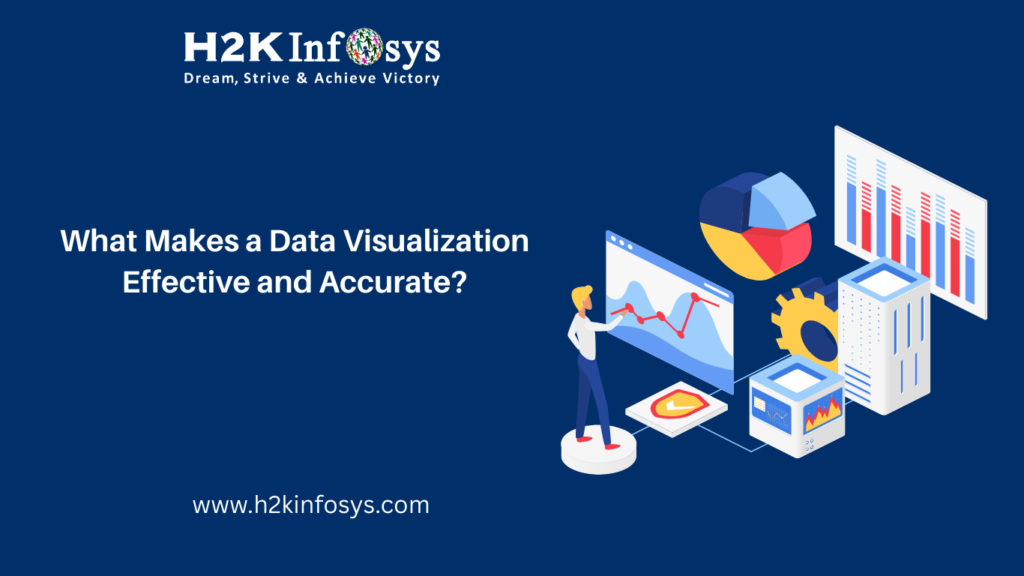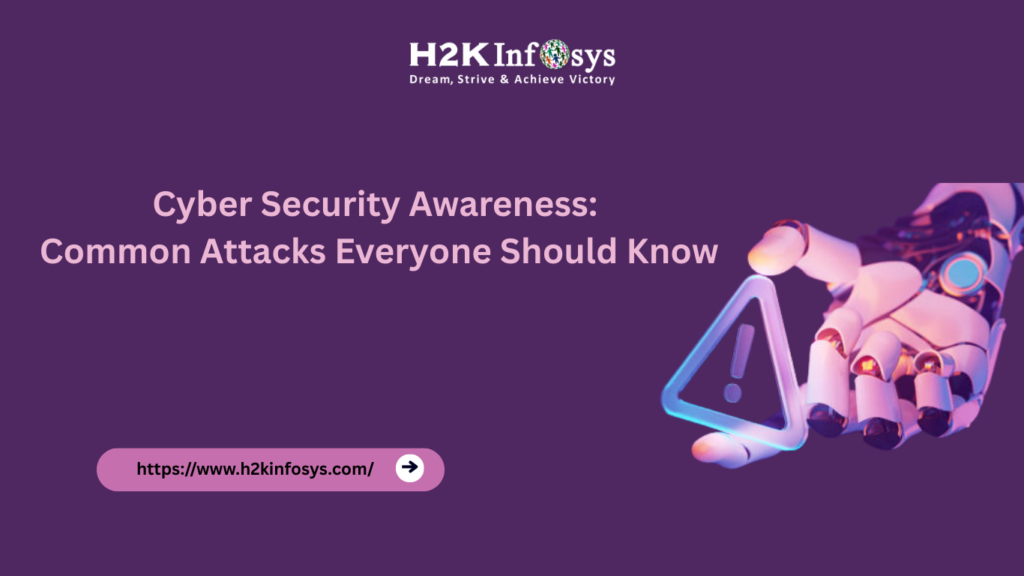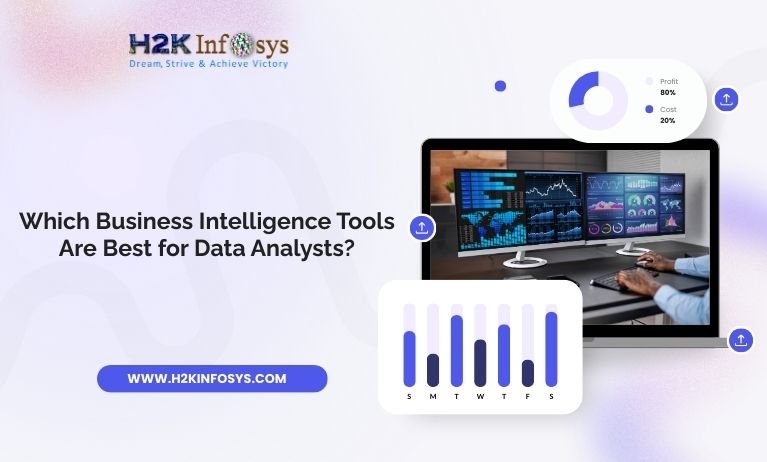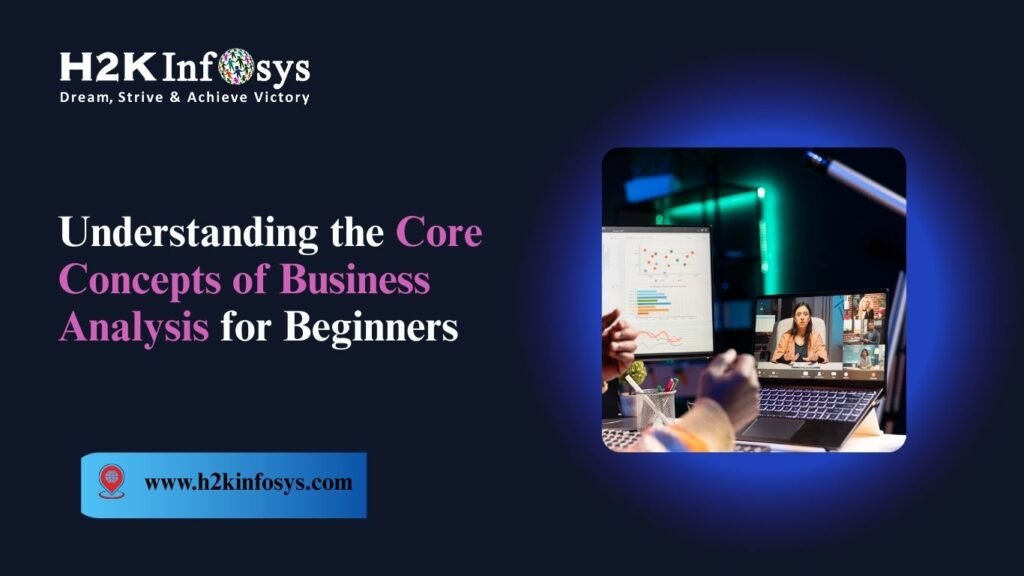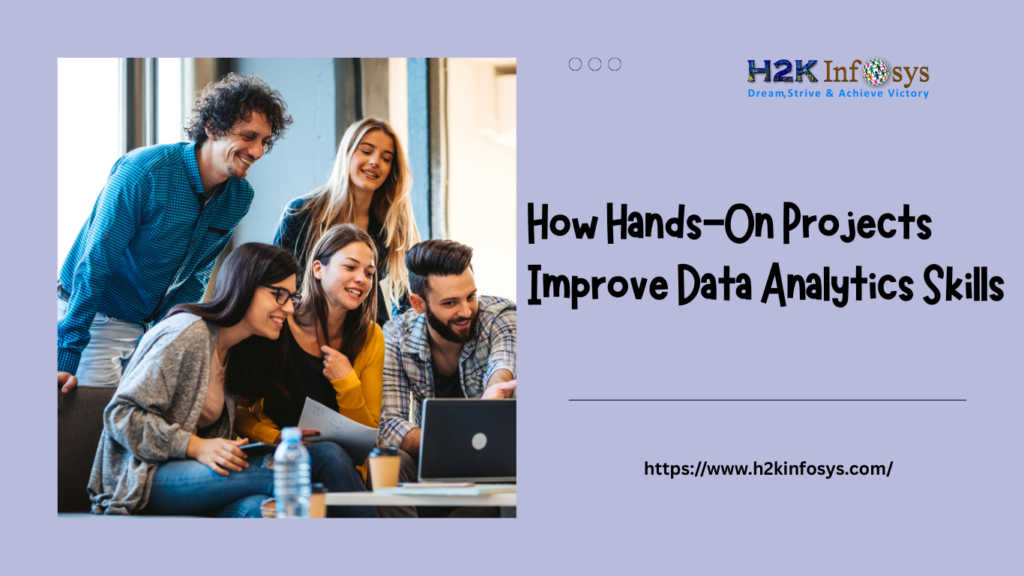Introduction
In 2025, businesses face a new reality. Data is no longer just a support tool it is the backbone of decision-making. From predicting consumer behavior to automating insights with AI, Data Analytics Trends are shaping how organizations grow, innovate, and compete.
Organizations that embrace these trends are staying ahead with faster insights, personalized strategies, and data-driven cultures. Those that don’t risk falling behind in a market that demands agility. For learners and professionals, this creates an urgent opportunity: mastering the skills that power modern analytics through Data analyst online classes and analytics classes online.
This blog explores the Data Analytics Trends 2025 that every business leader, analyst, and aspiring professional must understand.
Why 2025 Is a Landmark Year for Data Analytics
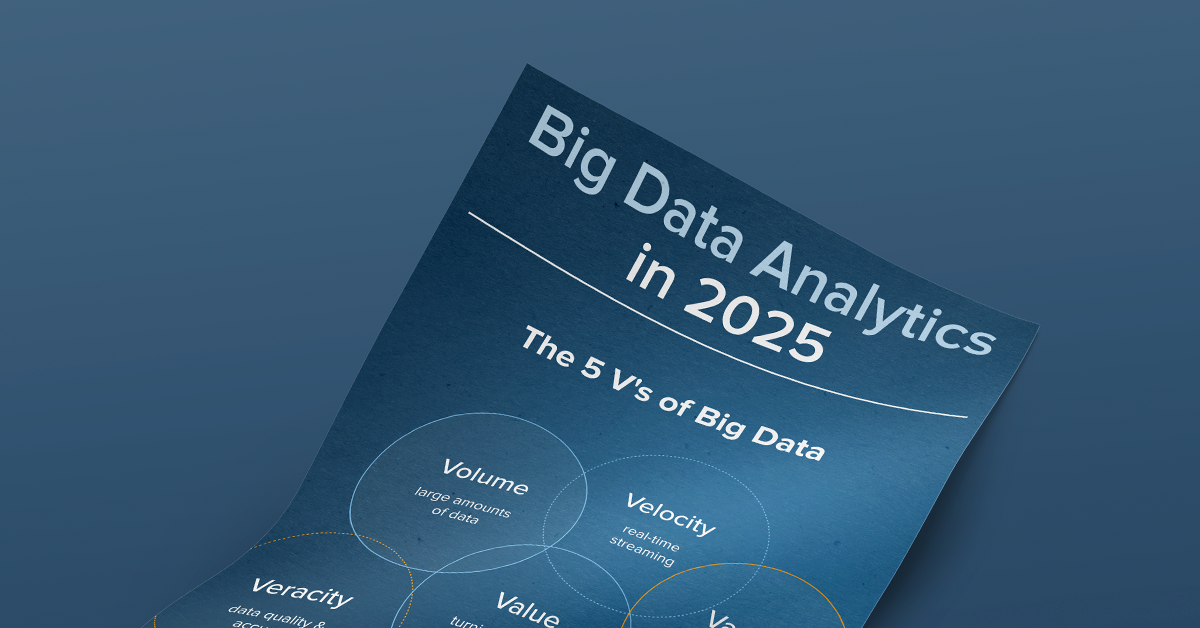
The Explosion of Data
- Global data creation is expected to reach 175 zettabytes by 2025 (IDC).
- Businesses generate more data from IoT devices, social media, mobile apps, and digital transactions than ever before.
Rising AI Integration
Artificial intelligence is no longer a luxury. It powers predictive models, recommendation engines, and real-time dashboards.
Skills Gap Challenge
While organizations demand analytics talent, many professionals lack advanced skills. Analytics classes online and structured programs fill this gap, enabling learners to keep pace with evolving trends.
Top 10 Data Analytics Trends in 2025
Real-Time Analytics Becomes the Standard
Gone are the days of waiting for weekly or monthly reports. In 2025, businesses demand real-time dashboards to make instant decisions.
Example:
- E-commerce giants analyze shopping patterns live to adjust pricing instantly.
- Banks detect fraud within seconds using streaming analytics.
How to Learn It: Tools like Apache Kafka, AWS Kinesis, and Power BI support real-time analytics. Learners can explore these tools in structured data analyst online classes.
AI-Powered Predictive and Prescriptive Analytics
Predictive analytics anticipates what will happen, while prescriptive analytics suggests what should be done. Together, they help organizations act before issues arise.
Case Study:
- Airlines use predictive models to forecast demand, optimize routes, and adjust ticket prices dynamically.
- Healthcare organizations predict patient readmission risks to improve care outcomes.
Why It Matters: This trend makes businesses proactive, not reactive.
Data Democratization with Self-Service Analytics
In 2025, analytics is no longer limited to data scientists. Business users and frontline employees now access insights through self-service tools like Tableau, Power BI, and Qlik.
Benefit:
- Reduces dependency on IT.
- Empowers employees to make decisions faster.
Skill Growth: Professionals mastering self-service tools through analytics classes online gain an edge in today’s job market.
The Rise of Augmented Analytics
Augmented analytics uses AI to automate data preparation, discovery, and visualization.
Real-World Example:
- Retail chains use augmented analytics to uncover sales patterns automatically.
- Marketing teams get AI-driven recommendations for campaign optimization.
Stat: According to Gartner, augmented analytics adoption will triple by 2025, becoming a standard across industries.
Edge Analytics with IoT Devices
With billions of IoT devices, data processing at the edge (close to where data is generated) becomes critical.
Examples:
- Smart factories process machine sensor data in real time to prevent downtime.
- Autonomous vehicles analyze edge data to improve safety and navigation.
Learning Path: Skills in IoT analytics and cloud platforms like Azure IoT Hub and AWS IoT Analytics are increasingly valuable.
Data Privacy and Ethical Analytics
As analytics grows, so do concerns about data misuse. In 2025, compliance with GDPR, CCPA, and India’s Digital Data Protection Act is non-negotiable.
Trend Focus:
- Transparent data handling.
- Ethical use of AI and analytics.
- Secure storage and processing practices.
Career Tip: Employers prefer professionals trained not just in analytics but also in compliance frameworks skills often covered in data analyst online classes.
Cloud-Native Analytics Dominates
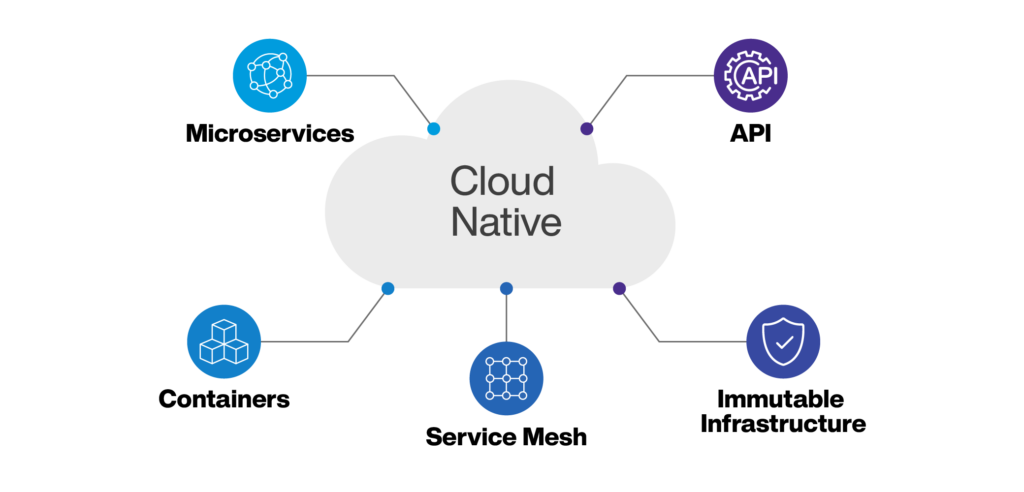
Cloud platforms are the go-to choice for modern analytics. By 2025, most enterprises operate hybrid or multi-cloud strategies.
Benefits:
- Scalability to handle massive data.
- Cost efficiency through pay-as-you-go models.
- Faster integration with AI and ML services.
Example: Netflix relies heavily on cloud analytics to personalize recommendations.
Data Storytelling and Visualization Take Center Stage
Numbers alone don’t convince decision-makers. Clear, engaging visualizations and storytelling bring data to life.
Practical Case:
- A retail executive understands performance better through dashboards showing revenue by region instead of raw tables.
Skillset in Demand: Power BI and Tableau dominate here, making analytics classes online crucial for learners wanting storytelling expertise.
Generative AI in Data Analytics
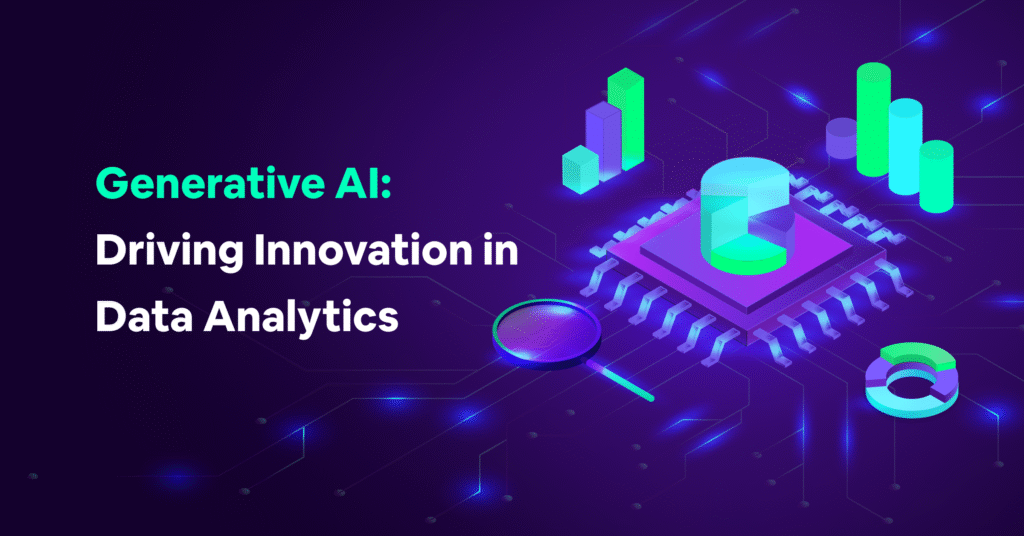
Generative AI tools like ChatGPT are now embedded in analytics platforms. They:
- Write SQL queries automatically.
- Generate visualizations from plain text.
- Provide natural language explanations of insights.
Stat: McKinsey reports that Generative AI could automate up to 30% of analytics tasks by 2025.
Real-World Example: Analysts use AI copilots in Microsoft Fabric to accelerate report building.
Upskilling and Continuous Learning in Analytics
The most important trend is not technology it’s people. With rapid evolution, professionals must update their skills regularly.
Growth Areas:
- Cloud analytics.
- Python, R, and SQL programming.
- AI/ML for analytics.
- Visualization and data storytelling.
Solution: Structured data analyst online classes and analytics classes online prepare learners with hands-on projects and mentorship, bridging the gap between theory and real-world needs.
How Businesses Can Apply Data Analytics Trends in 2025
In 2025, businesses that leverage Data Analytics Trends gain a competitive edge by making smarter, faster, and more informed decisions. By adopting the latest Data Analytics Trends, companies can optimize operations, understand customer behavior, and predict market shifts. Integrating these Data Analytics Trends into strategy allows organizations to personalize experiences, improve efficiency, and ensure ethical growth. For professionals, staying updated with Data Analytics Trends is essential to drive innovation and value. Embracing these trends is no longer optional; it’s a key factor for sustainable success in a data-driven world.
- Adopt Real-Time Dashboards – Use Power BI or Tableau for instant decision-making.
- Leverage AI Tools – Implement predictive models for demand forecasting.
- Train Teams Continuously – Invest in analytics classes online for employee skill growth.
- Prioritize Ethical Analytics – Build trust by aligning with global privacy regulations.
- Move to Cloud-Native Models – Ensure scalability for massive data growth.
Skill Roadmap for Aspiring Data Analysts in 2025
Step 1: Learn the Basics
- SQL for database queries.
- Excel for foundational analytics.
Step 2: Explore Visualization Tools
- Power BI, Tableau for dashboards.
Step 3: Master Programming
- Python/R for advanced analytics.
Step 4: Explore Cloud & AI
- AWS, Azure, and Google Cloud.
- Machine Learning basics.
Step 5: Get Certified
- Enroll in data analyst online classes with H2K Infosys.
- Gain project experience for placement readiness.
Case Study: Retail Chain Adopts Data Analytics Trends
A global retail chain faced declining sales in 2023. By 2025, after adopting modern Data Analytics Trends:
- They implemented real-time dashboards to monitor stock levels.
- Used predictive analytics to forecast seasonal demand.
- Adopted cloud-native tools for scalability.
- Trained employees through analytics classes online.
Result:
- 15% increase in revenue.
- 20% reduction in operational costs.
- Improved customer satisfaction through personalization.
Key Takeaways
- Real-time analytics, AI, and cloud-native solutions define the future.
- Data storytelling, visualization, and ethical practices are essential for success.
- Professionals must continuously upskill with structured learning like data analyst online classes.
- Organizations that adopt these Data Analytics Trends 2025 will lead their industries.
Conclusion
The year 2025 marks a turning point where Data Analytics Trends drive every critical decision. Businesses that embrace these Data Analytics Trends achieve faster, smarter, and more ethical growth. For professionals, understanding and mastering these Data Analytics Trends is no longer optional it’s essential for staying competitive and making informed decisions in today’s data-driven world.
Enroll in H2K Infosys Data Analyst Online Classes today and gain the skills to lead with data.
Join our Analytics Classes Online to stay ahead of the curve in 2025 and beyond.
